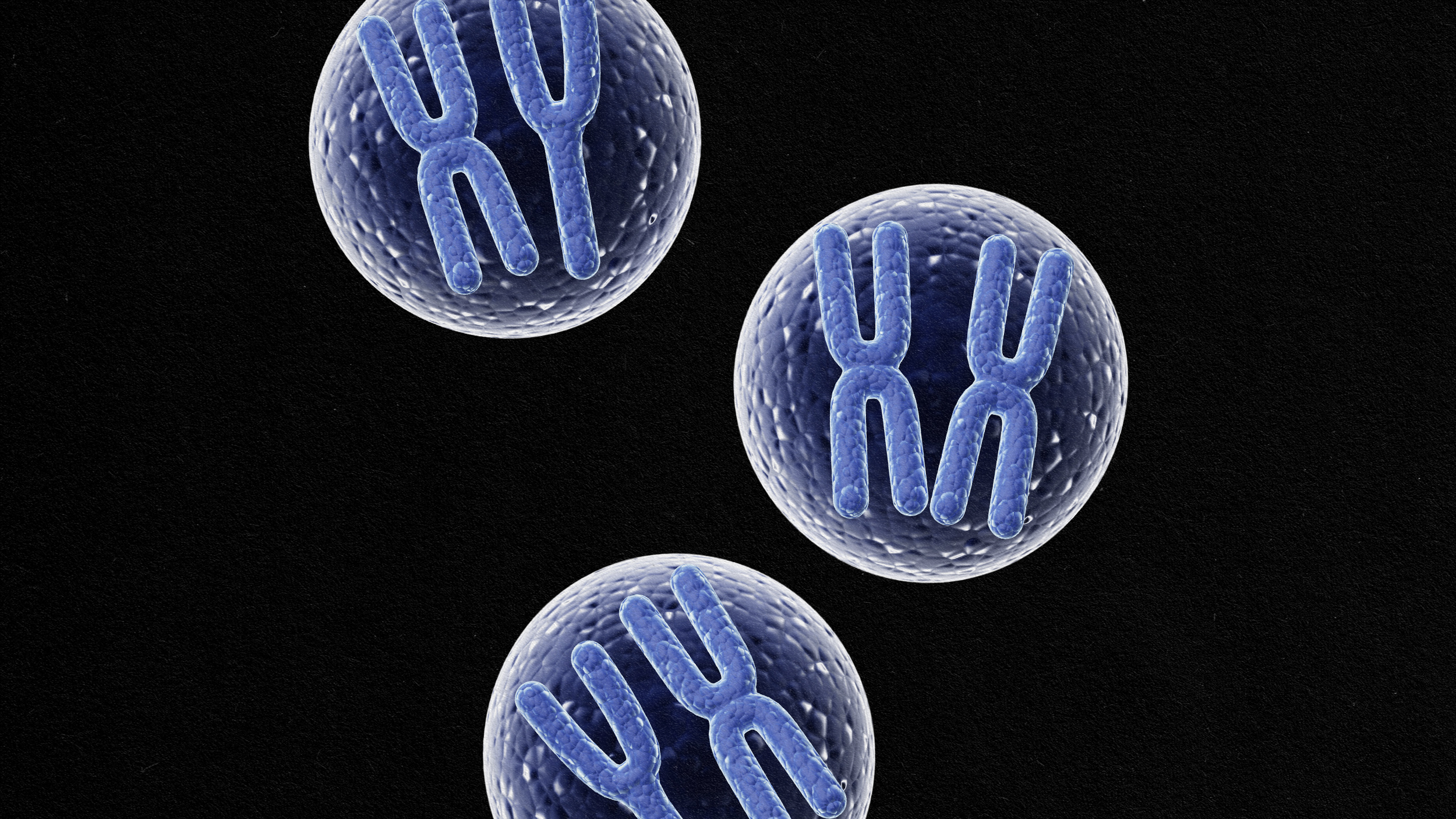Study finds matriarchal societies are good for women’s health

- An isolated ethnic group in China maintains a matriarchal society, much to the benefit of their health.
- The Mosuo women were not only healthier than women living under patriarchy, but were healthier than the men too.
- The findings support the idea that having a degree of autonomy and resource control is good for your health
Every debate about what is innate to humans and what is learned from society runs into the problem of having to rely on humans who live in some kind of society for reference. Claims about human nature can easily be repackaged as claims about people living in similar cultures and vice versa.
Current debates over sex, gender, and what behaviors are biologically influenced fall into this category. Claims that masculinity and femininity are biologically fixed often point to their seeming universality as evidence. However, as mentioned, these claims often rely on people raised in cultures that encourage or discourage people from taking on those traits. It is a bit of a chicken and egg problem.
One way to try and get around these problems is to find a culture that is markedly different from others. A new study on women’s health has taken this route; it discovered that granting women autonomy typically given only to men leads to better health outcomes.
The Mosuo people are an ethnic group that lives in the Yunnan and Sichuan regions of China, next door to Tibet. Long isolated from other parts of China—and insulated against the occasional upheavals that impacted other cultures—they continue to maintain cultural institutions commonly described as matriarchal or matrilineal.
Children take the name of their mother’s family, who they live with all their lives. Households are run by matriarchs, often the grandmother, and inheritance goes from mother to daughter. The matriarch makes all major household decisions, including financial ones, and women do work often doled out to men in other cultures.
They are also known to practice a unique form of marriage known as a “walking marriage.” In this system, a couple decides to carry on a relationship by mutual consent. They do not live together, remaining in the homes of their respective families. The man, instead, “walks” over to the woman’s house for romantic rendezvous. Men have to return home by sunrise.
The relationship is carried on for as long as both parties want but carries no social or economic obligations. It is ended at any time with little difficulty. Many people often confuse this with promiscuity, but most anthropologists report it as a kind of serial monogamy, and many relationships that take this form are long term. Any children resulting from these marriages are raised by the mother’s family, though the father may play a role as agreed upon by all involved. Typically, the child’s uncles will play the role of father figure.
It is worth noting that men do have some power in this society; they are in charge of all things death-related, including funerals and the killing of animals. They also have some political power, though women often have most of it.
Cases like these are common among matriarchal societies, with men retaining some measure of control over their lives even if they aren’t at the top often unknown to women in patriarchal societies. A variety of sources indicate that the men in this society, who are well aware of the alternatives, are often content with their situation. Mosuo villages with patrilineal traditions also exist.
Even with these caveats, it is fair to say that the women of the Mosuo are highly autonomous and have a long history of personal freedom beyond that which is known to women in many other cultures.
Most of you will know that women tend to outlive men. Fewer of you will know that women tend to have higher morbidity than men do in spite of this.
Two manifestations of this are that women tend to have higher blood pressure than men after reaching post-reproductive age and that women of all ages tend to experience more inflammation than men. Both of these are important markers of long-term health and are commonly associated with other serious conditions.
While these issues have often been calked up to biology, a team of researchers led by Adam Reynolds of the University of New Mexico set out to see if they also existed in Mosuo society. The team recorded health measures in Mosuo individuals living in either a matrilineal or patrilineal society and compared them using statistical methods. The findings have been published in the Proceedings of the National Academy of Sciences.
Levels of C-reactive protein (CRP), a biomarker that can indicate the presence of inflammation, were measured in the blood of 371 Mosuo participants. A mere 3.6 percent of the women living in the matriarchal areas were found to suffer from high inflammation levels unrelated to other conditions. In the patrilineal communities, the prevalence of chronic inflammation in women was 8.3 percent.
Blood pressure tests showed similar results after nearly a thousand people were tested. Of the women living in matrilineal areas, only 25.6 percent had hypertension. A third of women in the comparison areas had the condition.
In a surprising find, not only did the Mosuo women living in the areas where they have control over their lives enjoy lower rates of these conditions than other women, they are healthier than their men as well. Mosuo men living in the matriarchal areas tested for high levels of CRP at double the rate of the women. They also had more hypertension, though the rate was only a slightly higher 27.8 percent.
Now, the men don’t suddenly all have high blood pressure because they don’t run everything. They have high blood pressure at a rate of only one percent higher than those from the patrilineal culture. If there is an adverse health effect for them caused by living in a matriarchal society, it isn’t much of one.
Speaking to Inverse, senior author Siobhán Mary Mattison explained their interpretation of the findings:
“Women in these matrilineal communities have a great deal of autonomy in decision-making and excellent social support. Given that women tend to be at greater risk of chronic disease worldwide, the fact that they actually do better than men in this realm of health is telling.”
The other authors of the study agree. They conclude that:
“Our data provide partial support for the hypothesis that the effect of matriliny on women’s health is associated with increased autonomy and resource control… While patriliny has been linked to reduced autonomy and resource access for women, we demonstrate that these inequalities can have tangible biological effects that contribute to gender disparities in health.”
They further note that being head of the household is inversely associated with elevated CRP levels, suggesting that autonomy grants a “protective” effect against inflammation. Lastly, they suggest that the impact of culture, resource control, and autonomy on health all be given further study to capitalize on these findings.
These interpretations would be in line with other findings that suggest racism, which similarly limits human autonomy, is terrible for people’s health. The stresses of racism are linked to babies with low birth weight, heart disease, and poorer health outcomes.
While a study on a single, small, isolated group of people isn’t going to be the final word on the subject, it does point towards the idea that our health is impacted by our culture and the limitations it puts on us. As we consider ways to improve the world and better understand ourselves, this study and the example of the Mosuo more generally, must be remembered.





